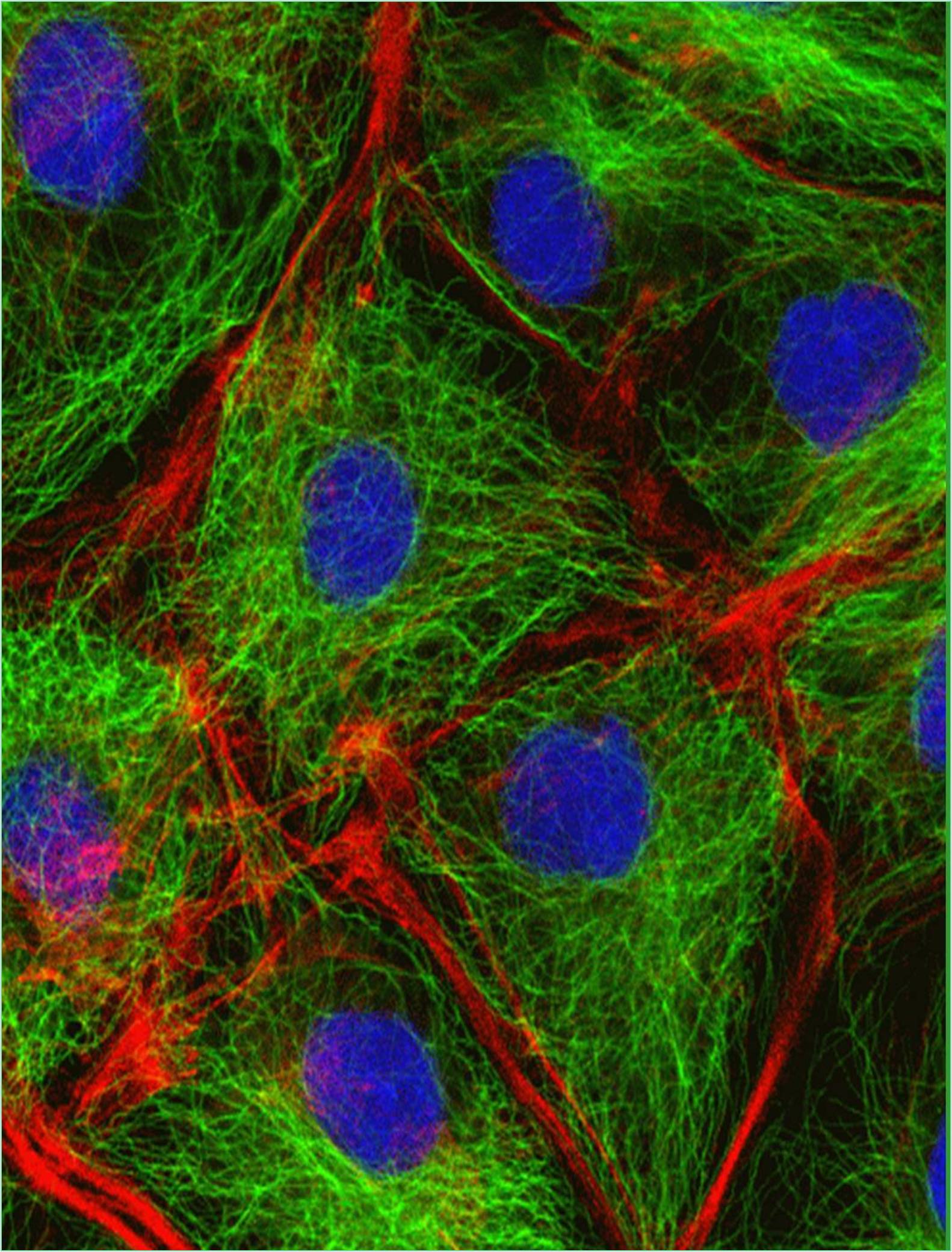



Received: 18-Jul-2022, Manuscript No. GJCMB-22-72012; Editor assigned: 21-Jul-2022, Pre QC No. GJCMB-22-72012 (PQ); Reviewed: 04-Aug-2022, QC No. GJCMB-22-72012; Revised: 11-Aug-2022, Manuscript No. GJCMB-22-72012 (R); Published: 18-Aug-2022, DOI: 10.15651/gjcmb.22.10.006
Nuclear receptors need coactivators or corepressors in order to effectively regulate transcription. These molecules are known as nuclear receptor coregulators, a substance that bind with nuclear receptors and improve their transactivation as coactivators. Similar to this, a nuclear receptor corepressors as agents that engage nuclear receptors and reduce the rate of transcription at their target genes. The majority of coregulators does not appreciably affect basal transcription but are by definition, rate limiting for nuclear receptor activation and repression.
A coregulators work in a variety of ways, including by directly interacting with fundamental transcription factors and by covalently altering histones and other proteins. Numerous coregulators occur in various steady state precomplexes, which are believed to associate in promoter-specific topologies, reflecting this functional variety. These elements might also serve as molecular gates that allow different signal transduction pathways to be integrated at nuclear receptor-regulated promoters.
General Transcription Factors (GTFs) and Receptors
Direct protein-protein interactions between receptors and GTFs have been observed. According to the definition, TATA-Binding Protein (TBP) and a number of TAFIIs are nuclear receptor coactivators since they interact functionally with particular receptors. Numerous interactions between TBP and nuclear receptors have been found, which is consistent with the classification of TBP recruitment as a rate-limiting step in transcriptional start. A component of the TBP has been linked to the AF-2 function of RXR by protein-protein interaction, such as the yeast two-hybrid screen and in vitro binding assays with recombinant proteins.
The ER's AF-1 and AF-2 also bind TBP in vitro, while PR and the TAFII110 subunit of TFIID have been shown to interact similarly. Contacts of nuclear receptors with other GTFs have been reported in addition to those with TBP. A DNA-bound ternary complex of the receptor, TFIIB and TBP-TAFIIs may be modulated by interactions between the AR and TFIIF, RAR and TFIIH and TFIIB with VDR and other nuclear receptors. These connections imply that nuclear receptors and GTFs may interact directly to aid in the formation of final transcriptional complexes at their target promoters.
Evidence of Coactivators Presence
The phenomena of squelching or transcriptional interference between receptors in temporary receptor cotransfection work provided an early indication of the interaction of activated receptors with factors other than GTFs. Squelching is the term used to express the decrease in nuclear receptor A-regulated promoter transactivation or more particularly, a function of activation in the presence of a unique activated receptor. Overall reporter gene activity of the receptors was restricted by the titration of a cellular pool of components for which the activation functions competed. A functional link between the receptor and transcriptional initiation may be provided by shared cofactors.
The ER and RAR's activation actions exhibited tissue and promoter specificity. Collectively, these considerations revealed that enhancer controlled promoters are subject to regulation that goes beyond the actual connection between the receptor and the response element. RIPs and ER associated proteins identified ER interacting proteins from 35S-radiolabeled MCF-7 cell lysates using a purified ligand-bound ER LBD. In this way, the proteins ERAP-140 and ERAP-160 were found. Both the liganddependent nature of their interaction with ER and the fact that transcriptionally deficient mutants of ER failed to attract these factors, propose a potential role for these proteins in ER function. Additionally, the ER-ERAP connection was decoupled by the oestrogen antagonist’s 4-hydroxytamoxifen (4-HT) and ICI 164384, a pure antiestrogen. While SRC-1/hSRC-12 was cloned from ERAP-140 and ERAP-160 indicates comparable interactions with RAR and RXR.
A 170-kDa protein that was biochemically characterized was enriched in a mammalian cellular fraction that potentiated GR activity in an in vitro transactivation assay and interacted with GR in a hormone-dependent manner. Receptor Interacting Proteins (RIPs) of 160, 140 and 80 kDa using far-Western blotting. Similar to ERAPs, RIPs were unable to interact with ER that was bound to antiestrogen or ER that had transcriptional defects. RIP-140 was shown to interact in vitro with wild-type ER, but not with transcriptionally deficient ER mutants. RIP-140 did not interact with GTFs like TBP or TFIIB, despite transient cotransfection in mammalian cells showing a small amount of ligand-dependent ER transactivation coactivation.RIP-140 functions as a corepressor for this orphan receptor member of the nuclear receptor superfamily, even though it supports the ligand-dependent interaction of RIP-140 with TR2.